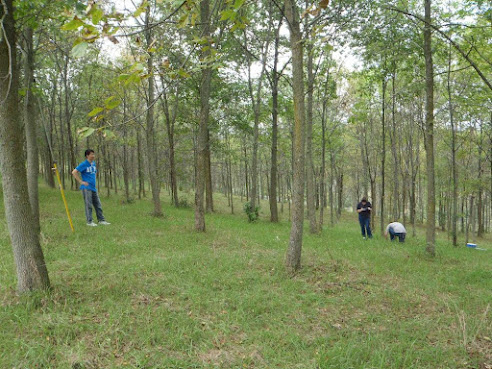 |
| Graphic of tumor-infiltrating lymphocites, natural immune cells that invade tumors. Credit: Shana O. Kelley Lab/Northwestern University |
Northwestern University researchers have developed a new tool to harness immune cells from tumors to fight cancer rapidly and effectively.
Their findings, published January 27 in the journal Nature Biomedical Engineering, showed a dramatic shrinkage in tumors in mice compared to traditional cell therapy methods. With a novel microfluidic device that could be 3D printed, the team multiplied, sorted through and harvested hundreds of millions of cells, recovering 400% more of the tumor-eating cells than current approaches.
Most treatments for cancer involve toxic chemicals and foreign substances, which cause harmful side effects and weaken the body’s immune response. Using tissue from one’s own body can eliminate side effects and risk of rejection, and many disease therapies in regenerative medicine and cancer treatment have gained traction in the clinic. But sometimes the wheels skid.
“People have been cured in the clinic of advanced melanoma through treatment with their own immune cells that were harvested out of tumor tissue,” said Shana O. Kelley, a pioneer in translational biotechnology and corresponding author on the paper. “The problem is, because of the way the cells are harvested, it only works in a very small number of patients.”










.jpg)



.jpg)

